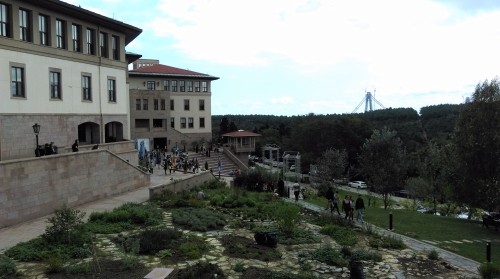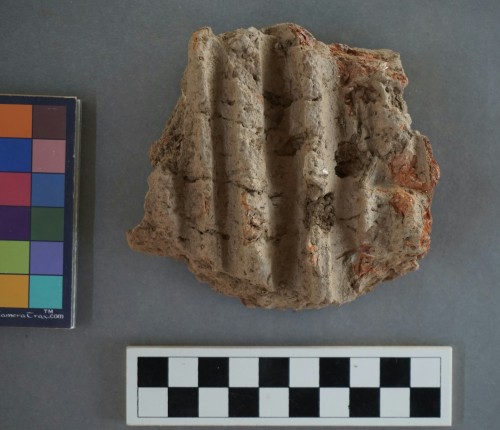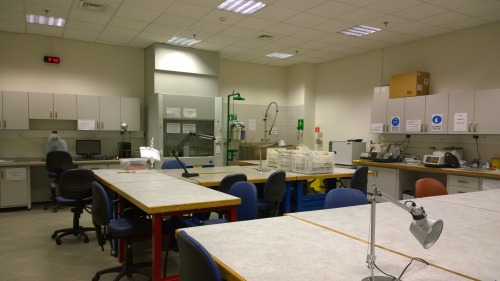
ANAMED 2015-16 Fellow Jana Mokrisova shares her impressions on working in Koç University’s archaeological lab, and all about ‘mudbrick’…
Although working on my dissertation is the primary purpose of my stay at ANAMED, I have also had the opportunity to continue working with my field data. Through my participation at the Kaymakçı Archaeological Project, directed by Dr. Chris Roosevelt and Dr. Christina Luke of Koç University, I study an earthen construction material — mudbrick. While I spend most of my time in the fellows’ study room, once every week or two I make a trip to Koç University’s campus in Sarıyer, northern Istanbul, to work in the archaeological lab there.
The “hike” up north presents a good opportunity for me to get away from the dynamic (but at times raucous) İstiklal Street. Not all of the hour-and-a-half long commute is enjoyable, but once I emerge from the metro I can see the green parks of Tarabya and the blue Bosphorus at Sarıyer to be reminded of the diversity of Istanbul’s landscape. The campus is located in a forested but windy area, and at times, it is difficult to believe that I am still in the same city.
A mixture of earth, water and organic temper, mudbrick is a very versatile and popular building medium used as early as the Neolithic period. At Kaymakçı, mudbricks were used for a variety of building purposes, and it is one of my aims to reconstruct the original Bronze Age architecture. In order to do so, I describe their basic properties, such as color, shape, size, texture, character of inclusions, and hardness. I also note manufacture process and preservation. Furthermore, I am interested in seeing how community at the site organized the production. By looking at diversity or similarity in mudbrick appearance and composition, I can assess if people selected the same source materials and additives, and if they produced them using similar production steps.

The archaeological lab is a great environment for such investigation, as it has all the necessary equipment and space for processing, as well as the support of a dedicated staff.


